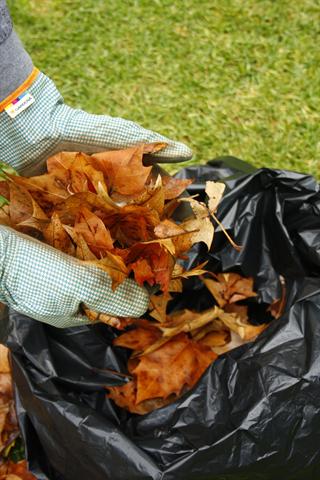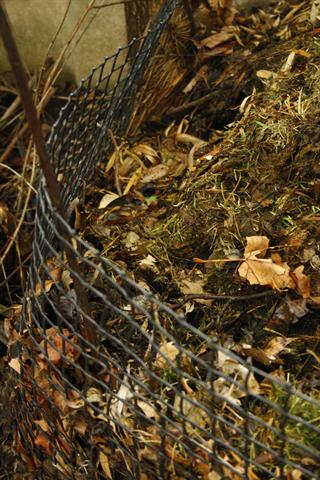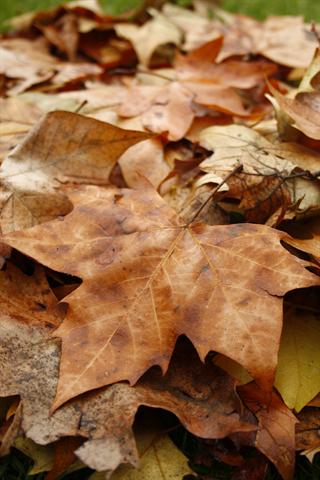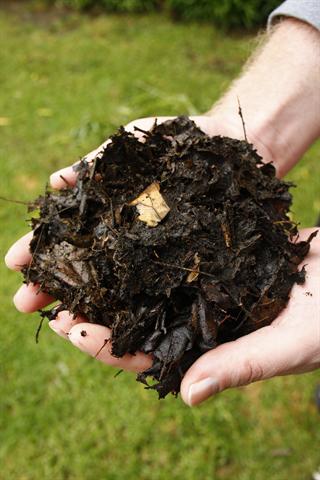Instead of discarding fallen autumn leaves use them to make a nourishing leaf mould to feed your garden
Every year, nature provides us with an abundance of autumn leaves that can be used to enrich our soil, but which are often raked up and sent away to landfills. This fallen treasure is plentiful, costs nothing and is easily transformed into a nutrient-rich soil conditioner called leaf mould.
Adding too many fallen leaves to your compost heap can slow down decomposition and negatively affect the ratio of green and brown materials. Instead it’s best to create a separate pile of autumn leaves to make leaf mould; the leaves will rot down slowly mainly due to the action of fungi, as opposed to the faster-acting bacteria responsible for compost – it’s a slow process, but the nutritious end product is well worth the wait.

HOW TO MAKE IT
To begin, collect fallen, dead leaves (not green ones) and simply place them in black bags with holes made for aeration. Alternatively choose a partially shaded spot and create a leaf mould pile by placing the leaves in a heap enclosed with plastic or wire mesh supported by stakes; cover it with hessian or black bags to prevent the leaves blowing away. To kick-start decomposition, wet the leaves as you pile them into the heap or bag; moisten them periodically if your leaf mould becomes too dry.

USING LEAF MOULD
After about 10 months your leaf mould should be starting to break down and will crumble easily in your hand. To hurry things up, turn your pile about once a month until it’s fully decomposed. Use this young leaf mould:
- As mulch around new seedlings, shrubs, trees and vegetables.
- To improve sandy soil with the addition of lime.
- To improve the drainage of clay soil.
After about two years you will have lovely, nutritious leaf mould, which should be dark brown, crumbly and well-rotted. Use it:
- As mulch.
- As a soil conditioner in borders and in potting soil.
- As a medium for growing seeds and seedlings.
- To decrease the alkalinity of soil.

WHICH LEAVES TO USE
- Fallen deciduous leaves, such as oak, are ideal for making leaf mould.
- Leaves from evergreens are best shredded and added to the compost heap, not to the leaf mould pile.
- Conifer leaves take two to three years to decay and should rather be added to the compost heap.
- Pine needles are quite acidic; add them to a separate leaf pile to use on acid lovers like azaleas and camellias
TIP: To speed up the decomposition process, run your lawnmower over the leaves to chop them up before adding them to your leaf mould pile. adding green grass clippings will also help.

